B&S Carburetor Issues
farmboy1
11 years ago
Related Stories
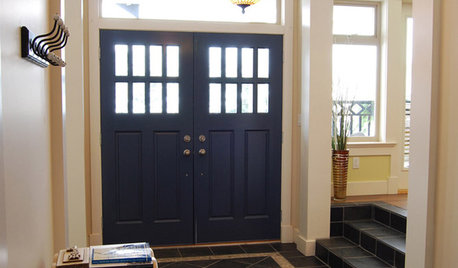
HOUZZ TOURSHouzz Tour: Bringing the Outdoors Inside on Bowen Island, B.C.
Custom-built farmhouse offers large, small reminders of surrounding nature
Full Story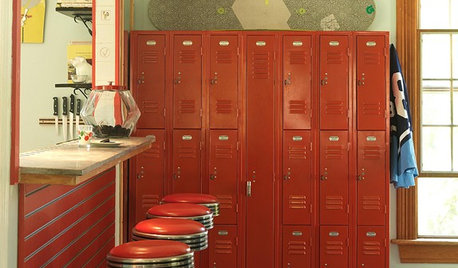
KITCHEN DESIGNSchoolhouse Style Rocks in the Kitchen
Which class-y idea suits your kitchen best? a) a vintage clock; b) storage lockers; c) chalkboard counters; d) all of the above
Full Story
PETSSo You Want to Get a Cat
If you're a cat lover, the joys outweigh any other issue. If you haven't lived with one yet, here are a few things to know
Full Story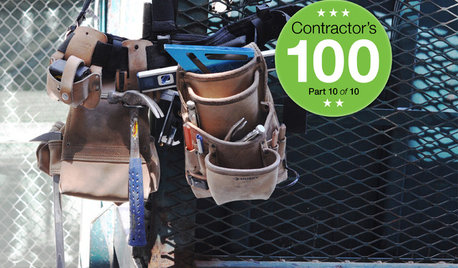
REMODELING GUIDESContractor's Tips: 10 Things Your Contractor Might Not Tell You
Climbing through your closets and fielding design issues galore, your contractor might stay mum. Here's what you're missing
Full Story
MOVING5 Risks in Buying a Short-Sale Home — and How to Handle Them
Don’t let the lure of a great deal blind you to the hidden costs and issues in snagging a short-sale property
Full Story
REMODELING GUIDES9 Hard Questions to Ask When Shopping for Stone
Learn all about stone sizes, cracks, color issues and more so problems don't chip away at your design happiness later
Full Story
GARDENING GUIDESSouthwest Gardener's October Checklist
Softer light and milder weather make desert gardens a real joy this month, but watch the water and don't forget to plan
Full Story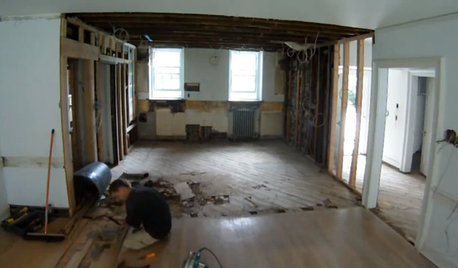
REMODELING GUIDESWatch an Entire Kitchen Remodel in 3½ Minutes
Zip through from the gutting phase to the gorgeous result, thanks to the magic of time-lapse video
Full Story
REMODELING GUIDESContractor Tips: Advice for Laundry Room Design
Thinking ahead when installing or moving a washer and dryer can prevent frustration and damage down the road
Full StorySponsored






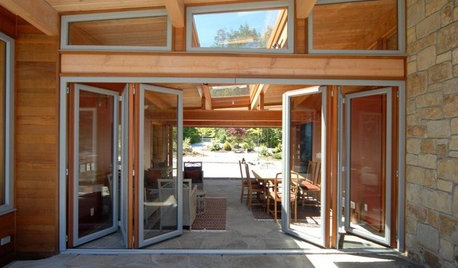
rcbe
bluemower
Related Professionals
Chattanooga Landscape Architects & Landscape Designers · Manorville Landscape Architects & Landscape Designers · Canton Landscape Contractors · Goodlettsville Landscape Contractors · Placerville Landscape Contractors · Pleasant Grove Landscape Contractors · Rancho Santa Margarita Landscape Contractors · Selden Landscape Contractors · Shoreview Landscape Contractors · East Norriton Landscape Contractors · Selma Landscape Contractors · Vadnais Heights Landscape Contractors · Compton Window Contractors · Jupiter Window Contractors · Plainview Window Contractorsfarmboy1Original Author
baymee
re-tired
Ken Yolman
baymee
farmboy1Original Author
baymee
farmboy1Original Author
mownie
farmboy1Original Author